Way back at the beginning of Term Two, you may remember that we brainstormed around the idea of what makes for good reflective writing.
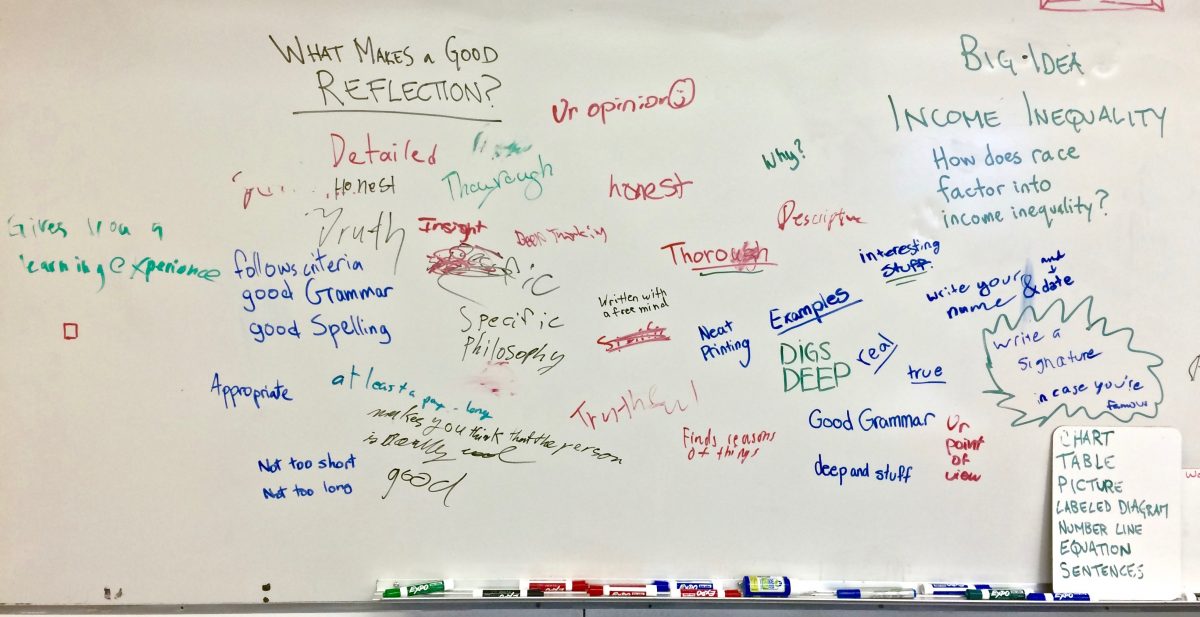
I know you all dread reflective writing, to varying degrees, and you may have noticed that we have dialled back a little, in terms of how many reflections we’ve been writing. This isn’t because it isn’t a highly valuable process; it’s because I’ve been trying to be respectful of the amount of projects you all are engaged in this term, and my feeling has been that weekend reflections would be the straw that might break your collective backs. However, we will be working on a reflection this week.
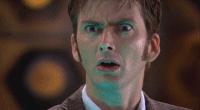
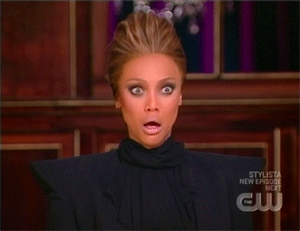
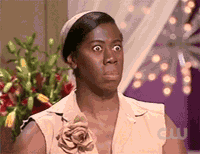
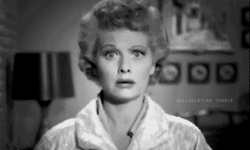
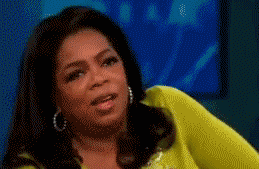
One of the Curricular Competencies for Applied Design, Skills, and Technologies is this ability to reflect upon one’s work, after the fact:
- Reflect on their design thinking and processes, and evaluate their ability to work effectively both as individuals and collaboratively in a group, including their ability to share and maintain an efficient co-operative work space
This week, maybe even on Monday, I’m going to ask you to reflect on the work you did on your AMAZING altered books (I took them to the high school art teacher who helped me specify the process, and who also gave us those great acrylic stamps and the wooden frames and puzzle pieces – thank you, Mrs. Bechler! – and she was very impressed; she also, rightly, called the fact that I took just as much pleasure watching you create them as you did in making them). The criteria is simple: you generated it yourselves:
You may also consider what our friend Richard Wagamese had to say about the third point on the Medicine Wheel, “Introspection”:
“On the Medicine Wheel, introspection is the “looks-within place.” Humility and trust offer many teachings, and introspection is a means of seeing how those apply to our lives. It’s a place of vision. It’s a resting place where the story, the song each of us has created up to this moment can be inspected and those things deemed unnecessary be let go. It’s a place of courage, because the hardest place to look is within. Many people stop here, deterred by the trials of the journey and the sudden hurts that sometimes make life hard. But introspection is meant to bring us to balance. It is the place where all things are ordered, where all things rings true at the same time. Balance allows us to move forward, and when we do, the journey becomes wondrous again by virtue of our ability to see the whole trail.”
– Richard Wagamese, One Story, One Song (Vancouver: Douglas & McIntyre, 2011)


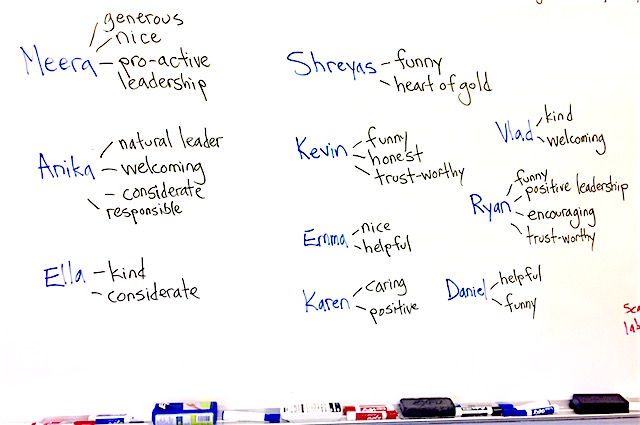
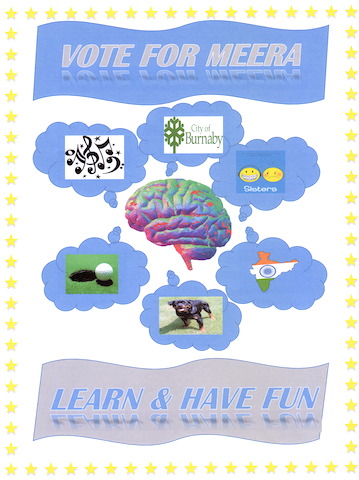
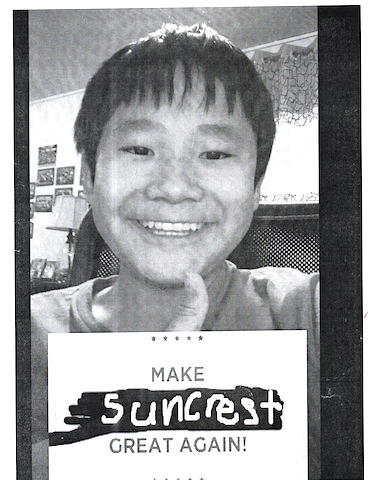


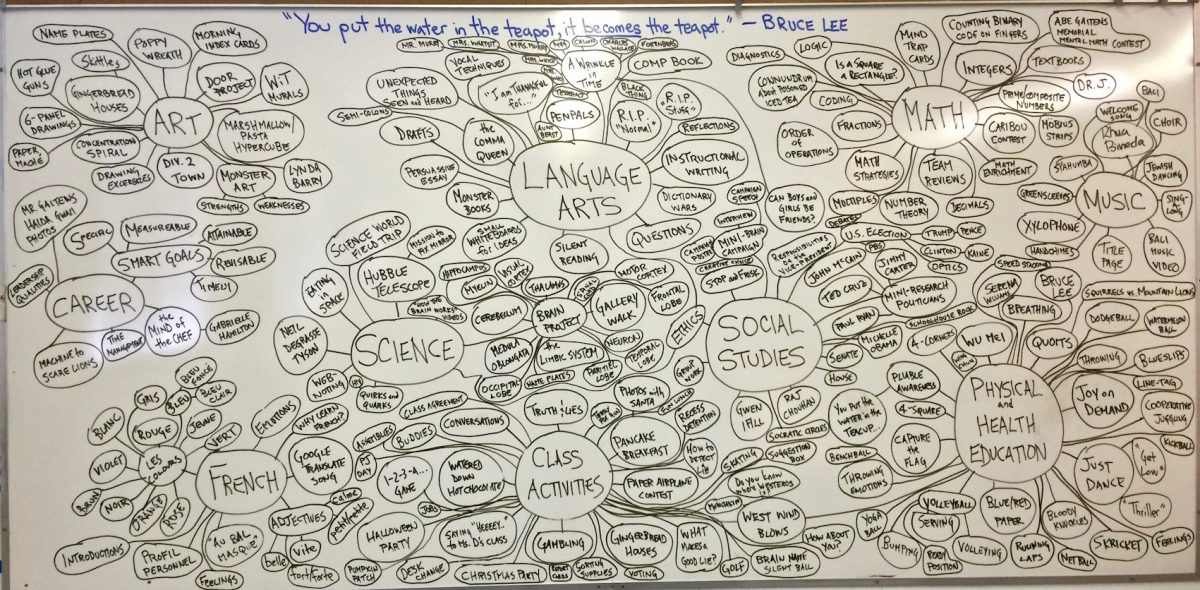
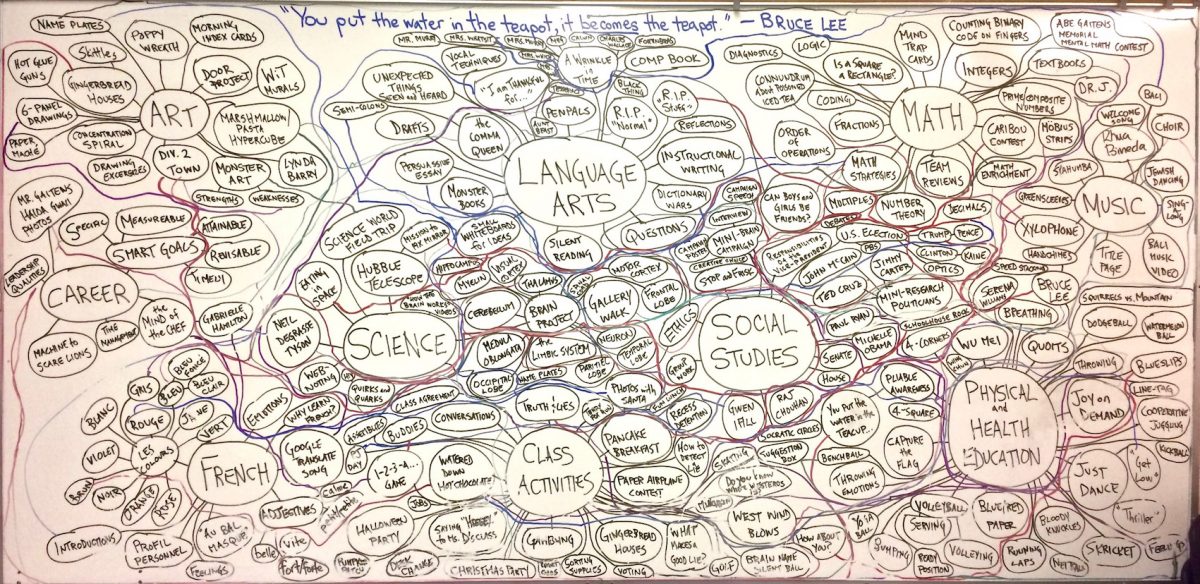




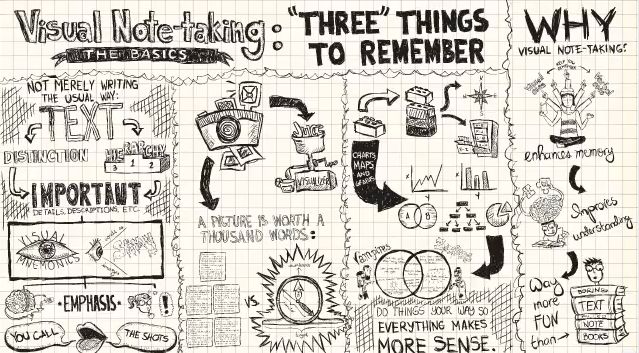



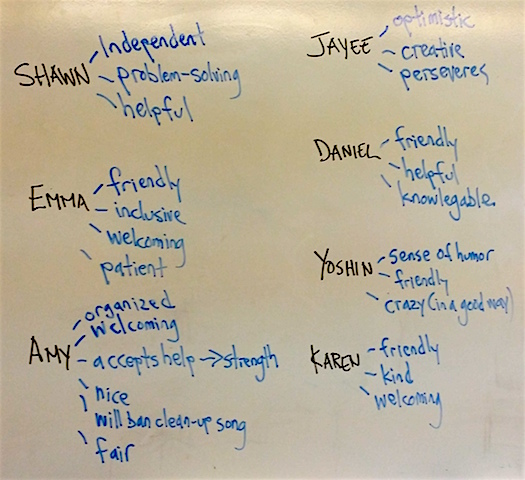
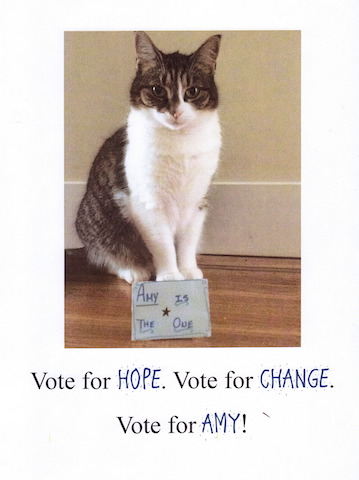 Amy has been a nominee in every cycle and brings with her the experience of one month as Nano-Brain during the inaugural Mini-Brain term. She also brings a promise of chocolate for everyone on Fridays…
Amy has been a nominee in every cycle and brings with her the experience of one month as Nano-Brain during the inaugural Mini-Brain term. She also brings a promise of chocolate for everyone on Fridays…